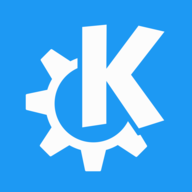Cute cat! Nevermore and Bentobox are two super popular ones.
Since you’re running an E3 V2, first make sure you’ve replaced the hotend with an all-metal design. The stock hotend has the PTFE tube routed all the way into the hotend, which is fine for low temp materials like PLA, but can result in off-gassing at higher temperatures such as those used by ASA and some variants of PETG. The PTFE particles are almost certainly not good to breathe in during the long term, and can even be deadly to certain animals such as birds at small quantities.







Unfortunately proprietary professional software suites are still usually better than their FOSS counterparts. For instance Altium Designer vs KiCAD for ECAD, and Solidworks vs FreeCAD. That’s not to say the open source tools are bad. I use them myself all the time. But the proprietary tools usually are more robust (for instance, it is fairly easy to break models in FreeCAD if you aren’t careful) and have better workflows for creating really complex designs.
I’ll also add that Lightroom is still better than Darktable and RawTherapee for me. Both of the open source options are still good, but Lightroom has better denoising in my experience. It also is better at supporting new cameras and lenses compared to the open source options.
With time I’m sure the open source solutions will improve and catch up to the proprietary ones. KiCAD and FreeCAD are already good enough for my needs, but that may not have been true if I were working on very complex projects.